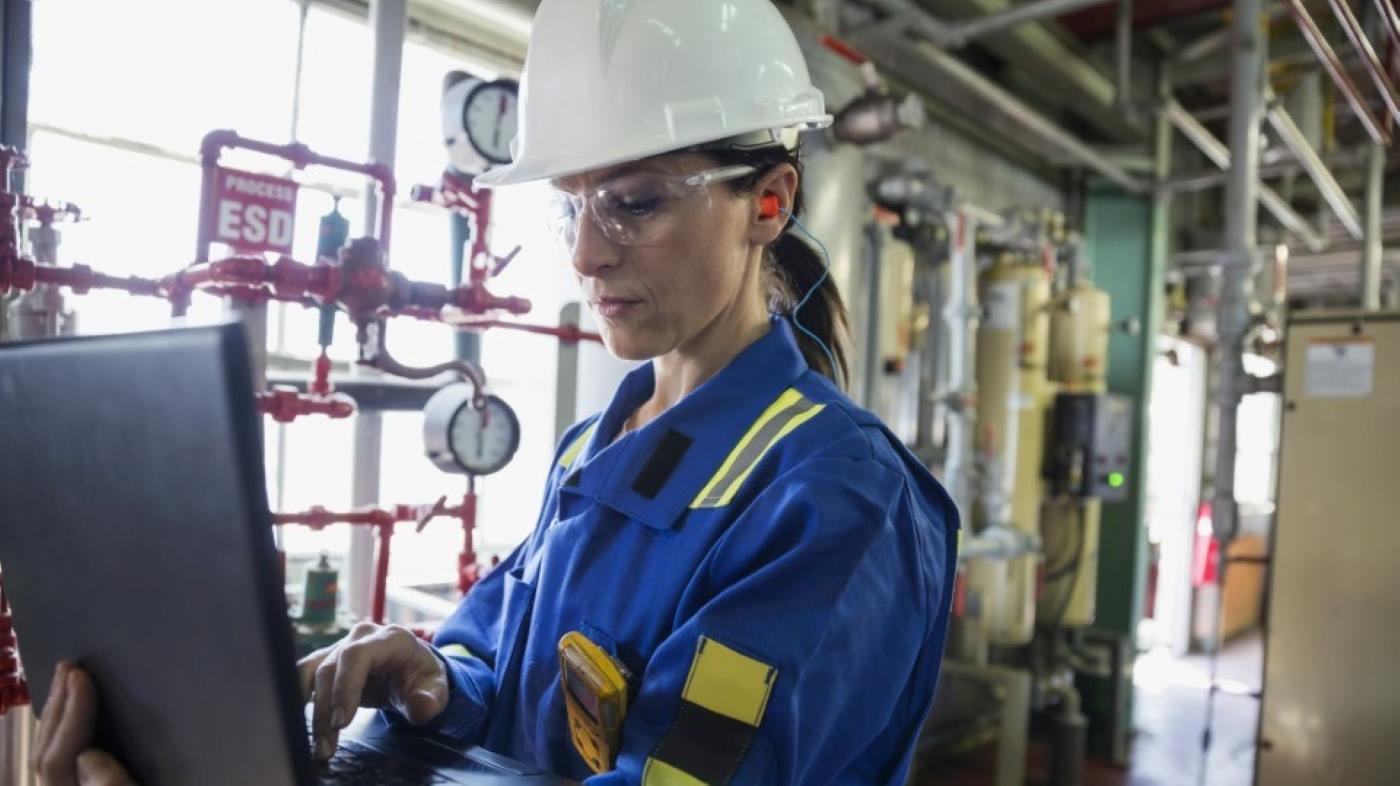10/06/2021
Plumes of flash steam can be seen coming out of most food and beverage manufacturing sites around the world.
Worried about flash steam plumes? Here's what you need to know
The amount of flash steam depends on the plant’s ability to manage steam properly. If less flash steam leaves the process, then the factory is doing a better job of keeping energy within their system.
There are only two ways to lose steam from a process. One way is controllable flash steam losses, through things like leaking safety valves or passing steam traps. The other is through unavoidable loss, which is known as flash steam. Usually, unavoidable losses can be recovered.
Almost all manufacturers could reduce unavoidable losses from flash steam. Some benefits are obvious, but others may not be so clear at first glance. So, let’s review each in turn.
Reduce visual emissions:
Flash steam plumes vented to the atmosphere are visible emissions of moisture. Even though steam doesn’t impact air quality, it can sometimes be confused with smoke by the public. Even though it is safe, if a plant is putting large plumes of steam into the atmosphere, it can draw attention from local authorities and can create a negative image for a plant.
Lower energy costs:
In food manufacturing, steam can account for up to 80% of energy use. A percentage of this steam can be lost to the atmosphere, but if the plant can recapture it, big energy savings can be made. The energy-saving potential depends on how much water there is and where it will be recovered back into the process. If there’s lots of energy and water being recovered, then this could help meet sustainability targets.
Reduce CO2 emissions:
Put simply, if steam is being generated by fossil fuel, then CO2 emissions will be reduced if less steam is used. This could help manufacturers meet CO2 reduction targets. Lots of big multinationals are pledging to become net-zero carbon within the next 10-30 years.
Use less water:
Some big food brands are leading the way when it comes to reducing water use too.
Using heat recovery technology, lost water from flash steam can be condensed back into the steam system, which could pre-heat process water. Not only would this reduce the need to draw on other, more expensive water sources, but also there’s no need to reheat and chemically treat it before it’s used. So for every 1m cubed of water lost to the atmosphere in flash steam, it costs 1m cubed more water to replace it in the system, plus the additional heating and treatment costs.
Fresh water savings are especially important if the plant’s in a region with scarce water resources or high water costs.
Reduce H&S risk:
The risks of flash steam can’t be ignored. Depending on where the flash steam is escaping, it could harm employees or visitors onsite. This could be unexpectedly hot pipework for maintenance teams or steam condensing on a walkway or rooftop creating a slip hazard.
No two plants are identical and no two steam systems are either, but most factories could quite easily improve energy efficiency by calculating energy losses onsite and recycling what was once considered waste.
Katherina Rosa, a steam specialist based in the US, has lots of experience helping plants with flash steam issues. Recently a coffee manufacturer contacted her because they were frustrated with their factory looking unsustainable. Lots of flash steam was being wasted and they wanted to avoid mounting pressure from the local community about the plumes of steam.
Katherina reviewed the steam process onsite and came up with some ideas to help.
After some simple changes to the steam system, the wasted flash steam condensate now pre-heats water for other parts of the process, meaning that they use less water, energy, and fewer chemical treatments. So, what began with the motivation of improving the image of the factory, ended up being a huge source of savings. Around $30,000 every year!
No two plants are identical and no two steam systems are either, but most factories could quite easily improve energy efficiency by calculating energy losses onsite and recycling what was once considered waste.
In the next blog, we’ll explore the practical ways to get the most out of a flash steam recovery system to bring the most benefits.
Related Content
Steam Quality in Food and Beverage
Are you using the correct grade of steam in your process? Using an inappropriate grade of steam for your process(es) can be a source of contamination.
Case Study: Potato Processor improves product quality
System upgrade improves product quality and reduces energy within potato process.
Should you consider heat recovery?
Recovering lost energy and water from your steam processes allows you to reuse it for other processes. Spirax Sarco will show you how.
Food & Beverage
Spirax Sarco tailors steam engineering solutions to food and beverage processes: blanching, peeling and cooking to extrusion, pasteurisation and shrink-wrapping.
Are your control valves spoiling your process
If downtime due to maintenance issues is causing you a headache and you need to find ways to reduce waste while maintaining an excellent product, you might find answers in our insights paper ‘Are your control valves spoiling your process?'
Gas Shortages: could effective energy management of your steam system be part of the answer?
Wholesale gas prices have seen unprecedented hikes in 2021 which has led to many energy companies folding under the pressure. It emerged that the UK’s sixth-largest energy company with 1.7m customers, is seeking a bailout to stay afloat and this trend is set to continue.

